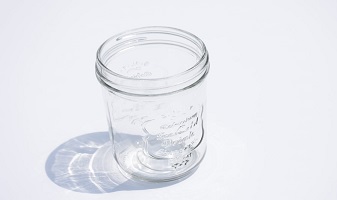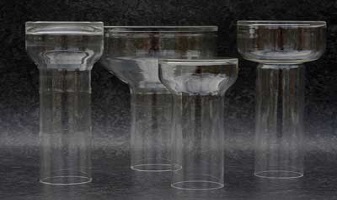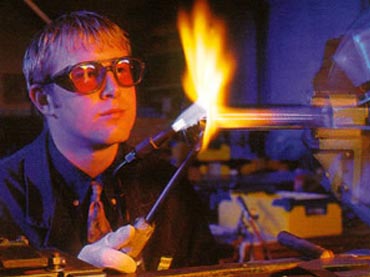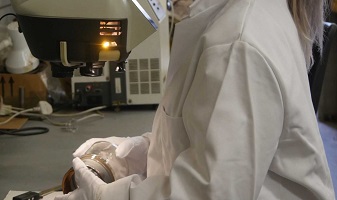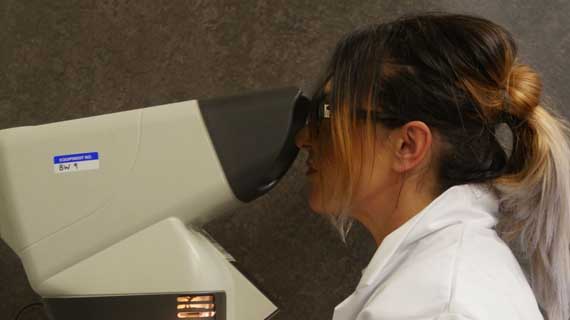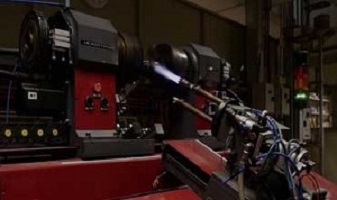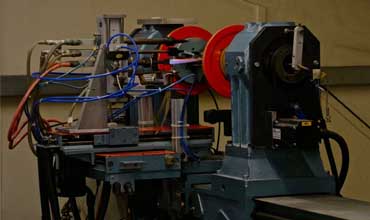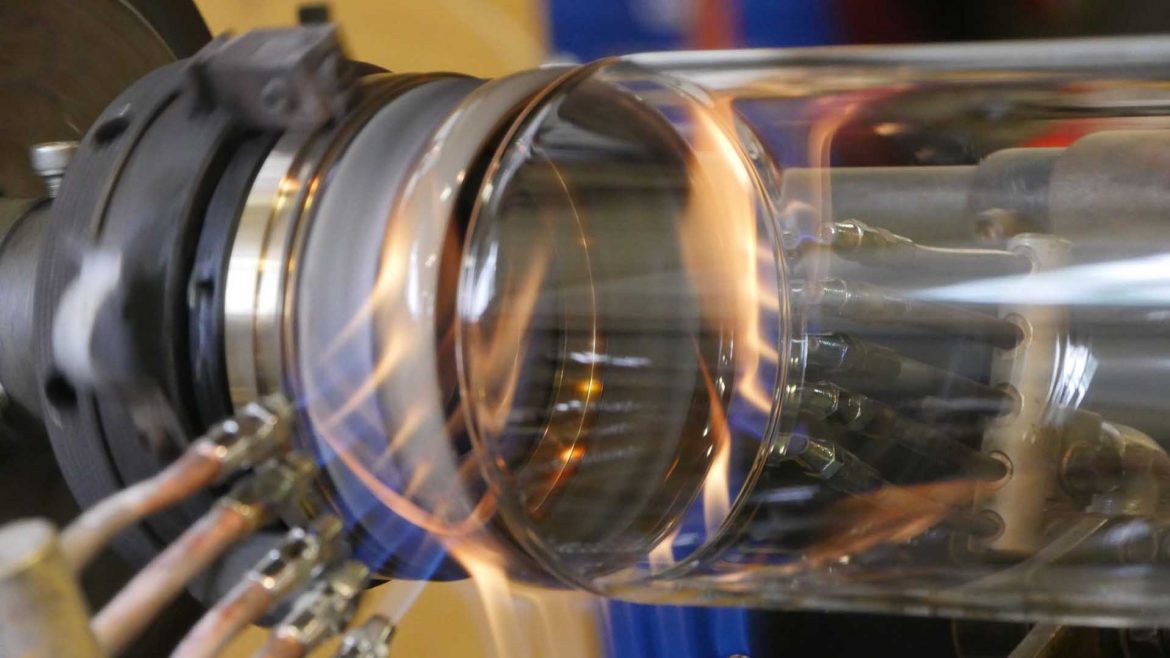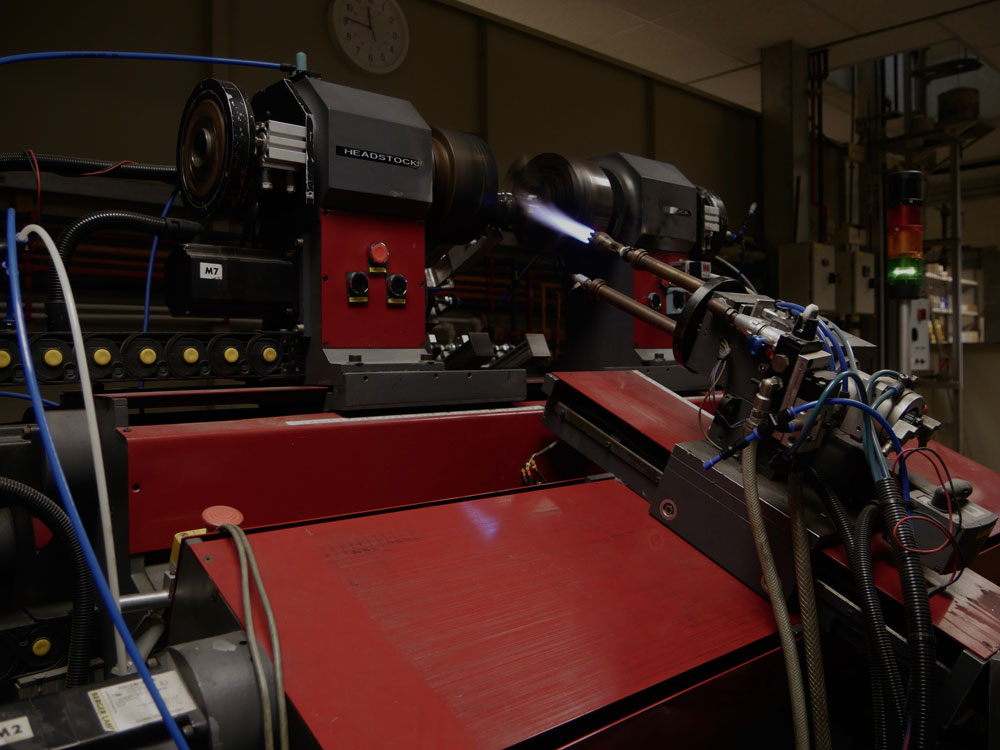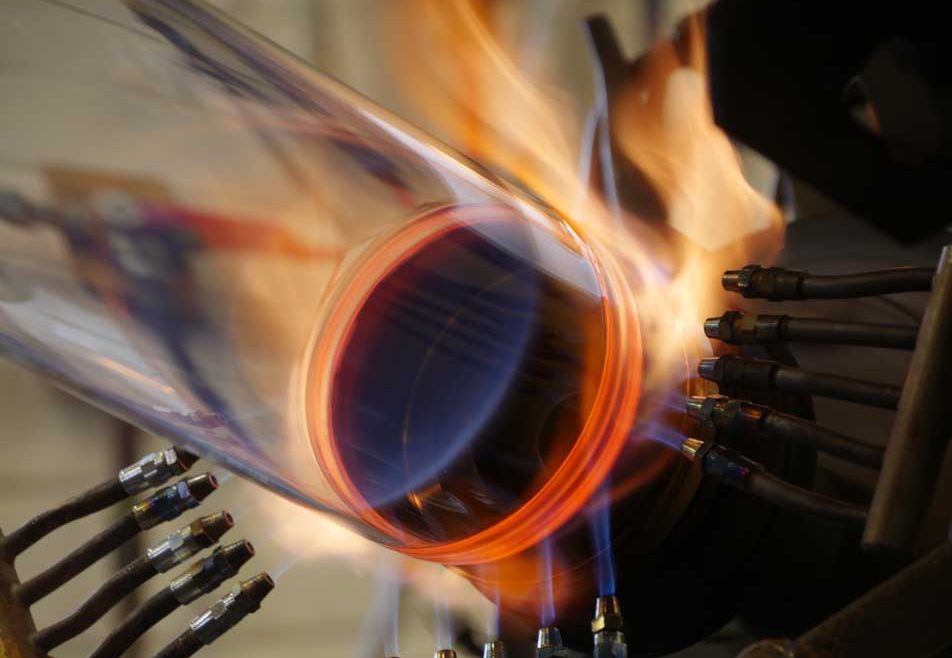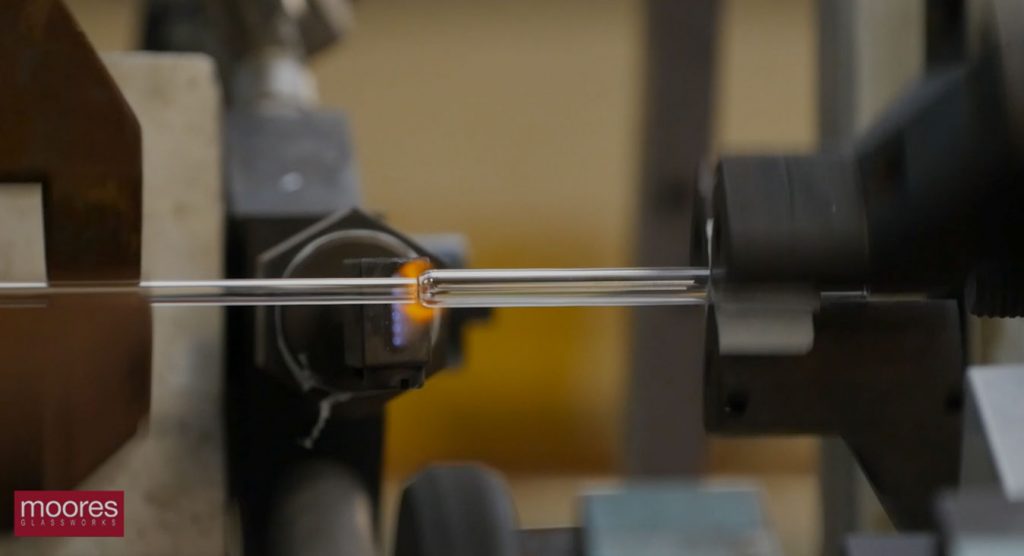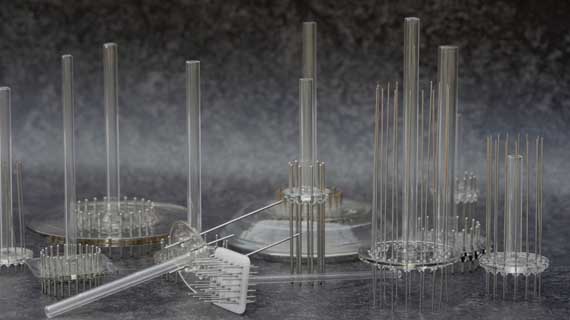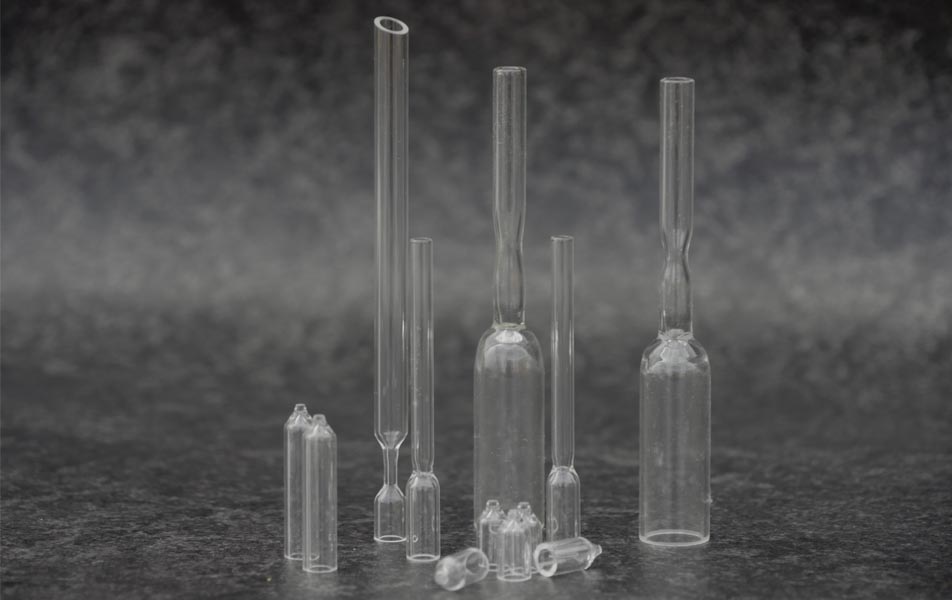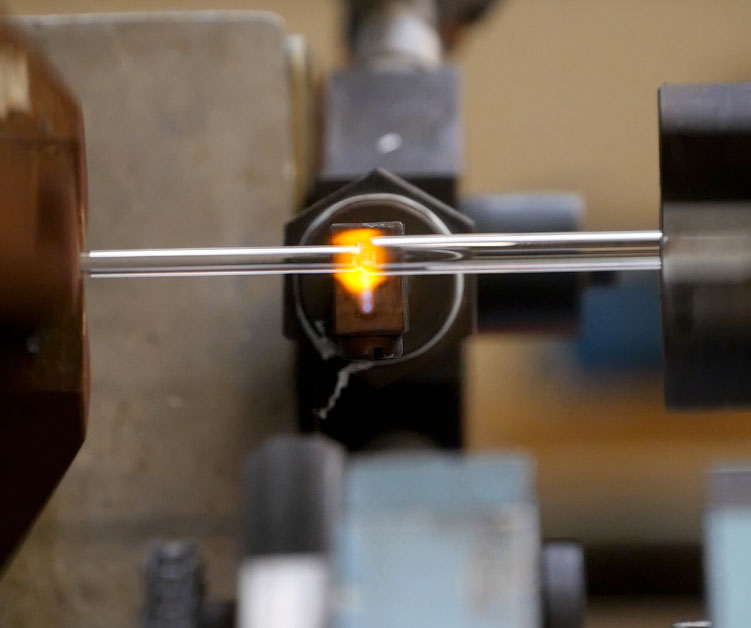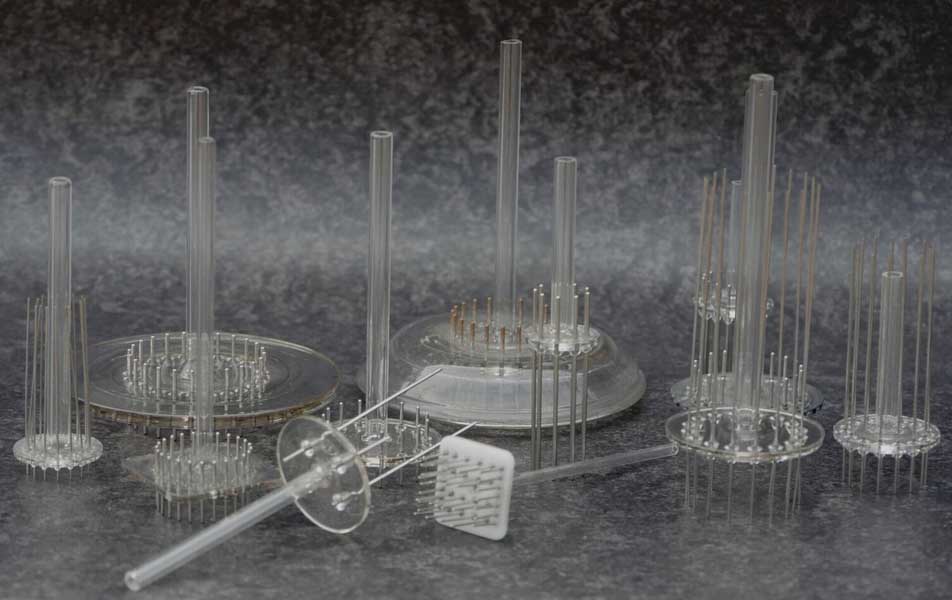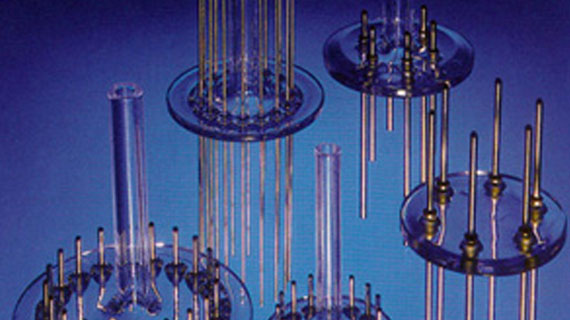The Evolution of Glass Moulding: A History of Glass Manufacturing
https://moores-glass.co.uk/wp-content/uploads/2022/10/pexels-photo-7604265.jpg 337 200 Matthew Morris Matthew Morris https://secure.gravatar.com/avatar/09048644f0c2340325fc98c2460d4a4f?s=96&d=mm&r=gGlass is everywhere around us.
In the windows we look out of, the phone screens we tap away at, and even resting on the end of our nose helping us to read.
But how did glass become so popular, and what were the origins of this substance?
Let’s find out.
When, Where and How Was Glass First Made?
This is a question that is highly debated.
The timescale of when glass was first made is blurry, with some stories of the first glass manufacturing dating back to 5000 BC, and some stating it was a little later, around 3500 BC.
The actual way that glass was formed back then is just as unclear.
There are rumours of ancient sailors setting up fire on a beach after running ashore and realising the sand below them was melting, before solidifying as glass, but the temperature required to do this would be impossible to achieve from such a fire.
The reality?
Glass-making was something that developed over time. With newfound ingredients, ways of reaching high temperatures, and experiments in colour and other ways of melting and solidifying sand as glass, soon enough a product similar (but not the same) as what we would recognise as glass today was formed.
What we do know is that by 1500BC, glass was being created and moulded to be used as vessels for carrying liquids and other items.
While the first glass may have been made before this, it would be around this time that glass began to seen as decoration and a handy substance for creating personal items.
When Was Transparent Glass Invented?
We now jump forward to the 1st Century BC, where evidence of glass making instructions are still preserved to this day.
Notes were recorded in a form of language called cuneiform. This was a syllabic set of notes that was often imprinted onto stone or clay.
Looking through the texts, dating 650 BC, there is a list of ingredients that has been shown to result in a blue, transparent glass when combined.
This is a clear indication that this form of glass was being created at the time, and means that before we moved from BC to AD, transparent glass was already being manufactured.
The Oldest Glass Items Still Available to See
There is some glass from the period between 1500BC and 1000BC still in museums.
Due to the fact that throughout the centuries, patterns and styles didn’t dramatically change, the exact date this glass was produced is slightly murky, but what you can see is the way glass was being used.
Most items that still remain are small decorative pieces such as beads.
Some of the oldest glass you can find is right here in Britain, and the British Museum recently showcased some stunning items from the 1st Century BC in Lebanon. These items were destroyed after an explosion but were restored to how they would have looked all them years ago.
One of the most famous pieces of Roman glass is the Portland vase, created around 25 AD, and that is still perfectly preserved in the British Museum to this day.

Bringing Glass to Britain
So, if glass was created many centuries ago on the other side of the world, how did it come over to Britain?
Well, the story goes that glass was initially mastered by the Roman Empire. The secret to this tough substance was tried to be kept in secrecy though.
There may have been some outbreaks of knowledge throughout Europe about how to create glass, but it wasn’t until around 500 AD, just after the Roman Empire had fallen, that the secrets to manufacturing glass became more widespread.
It is in 680 AD that the first glass industry in Britain is recorded, based in Weamouth in the North of England.
But progress wasn’t exactly quick, and it wasn’t until many centuries after 1000 AD that glass manufacturing throughout this island really started to take off.
This was because Britain didn’t focus on the arts as much as their Roman counterparts had done before them.
While the skills required to blow glass did help in mostly forming windows, it would take many centuries for glass blowing to really take off in Britain as it had done in Europe.
What gave it the kick it needed to spread throughout the country, was a man named Jean Carre.
The Emergence of British Glassblowing
Venice was a hotspot for glass manufacture and blowing.
When Jean Carre came to Southern England and opened up a glass manufacturing production company, he spread his Venetian knowledge to many of the surrounding people and areas.
The knowledge and techniques spread, and soon enough more plants began cropping up throughout the land and glass began to be used for much more than just windows.
The British glass manufacturers began to show innovation, and introduced lead oxide to strengthen glass, as well as developing new methods of cutting glass that are still used to this day.
How the Technique of Forming Glass has Changed
The methods we use today are very different to what was used many centuries ago.
This has resulted in many different types of glass being made.
You now have annealed glass, bulletproof glass, heat-strengthened glass, and much more, which are all made differently thanks to the latest innovations.
Glassblowing is also changing, with machinery now available, such as our auto-lathes, that can make the whole process quicker and more accurate.
The changes in the manufacturing process are such that glass can now be produced on much grander scales, and while smaller objects are still made, the float glass method allows huge sections of glass to be built.
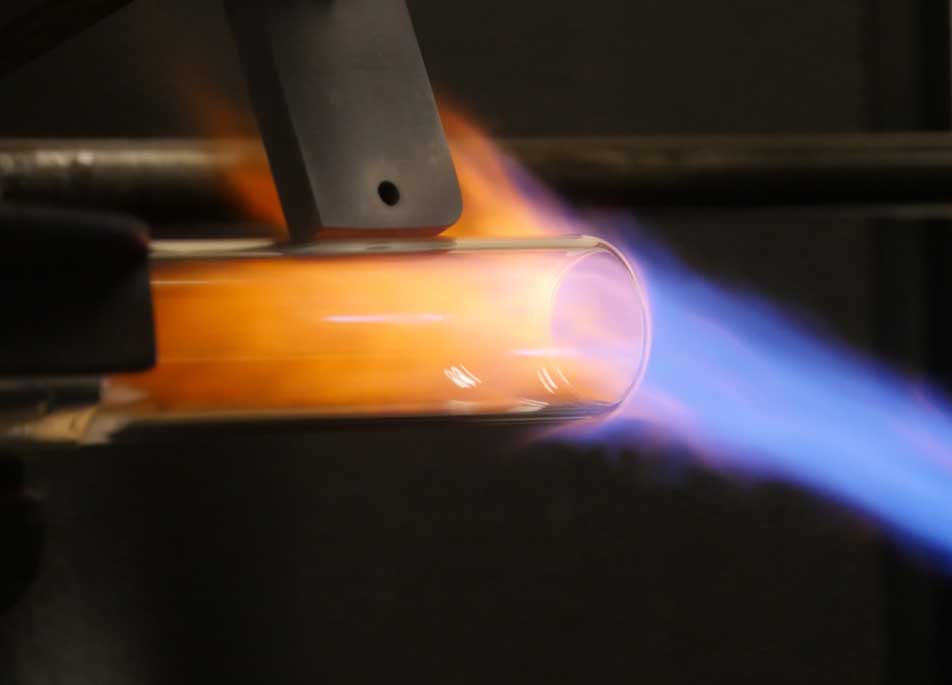
Moore’s Glassworks
At Moore’s Glassworks, our team of experts produce glass items of the highest quality.
Either moulded by our skilled craftspeople, or with our auto-lathes, we have built a reputation over many years for producing meticulous, tough products such as cathode ray tubes and vacuum viewports.
Want to know more? Then get in touch with our team today

